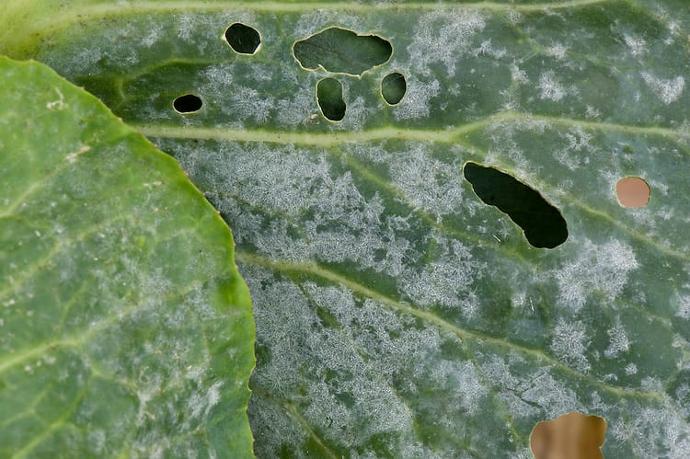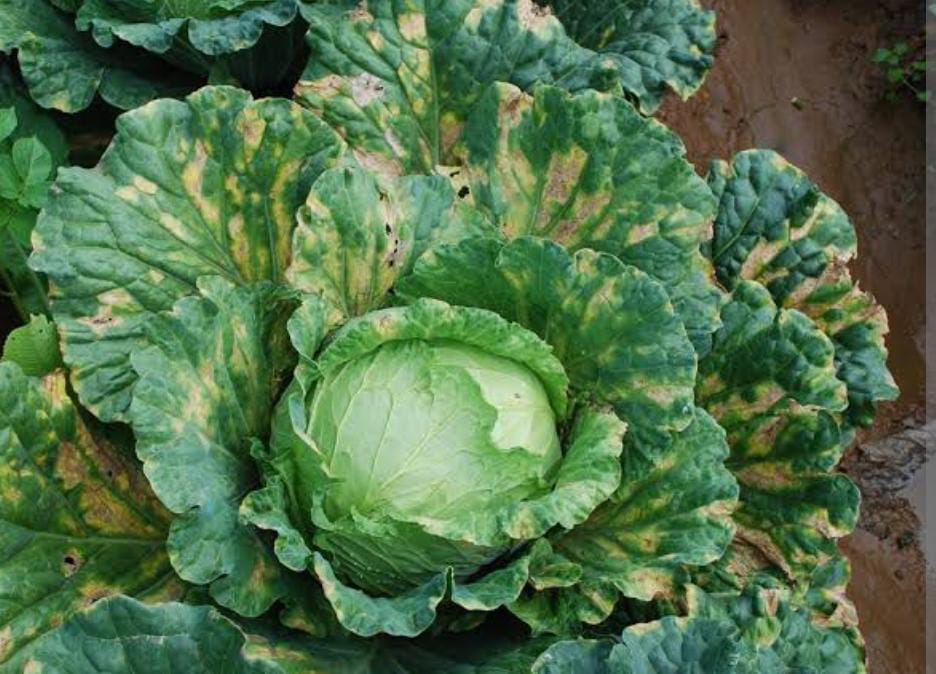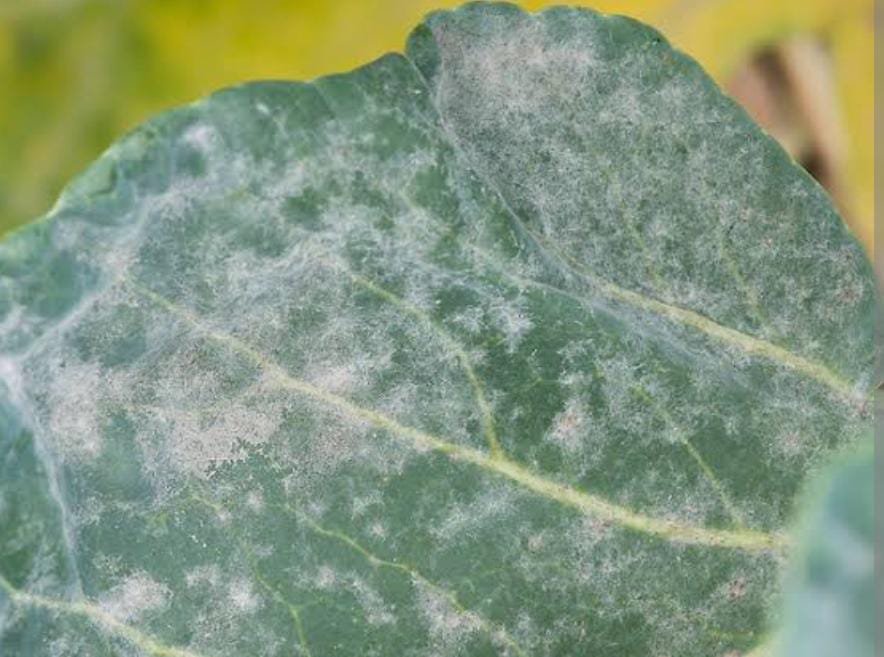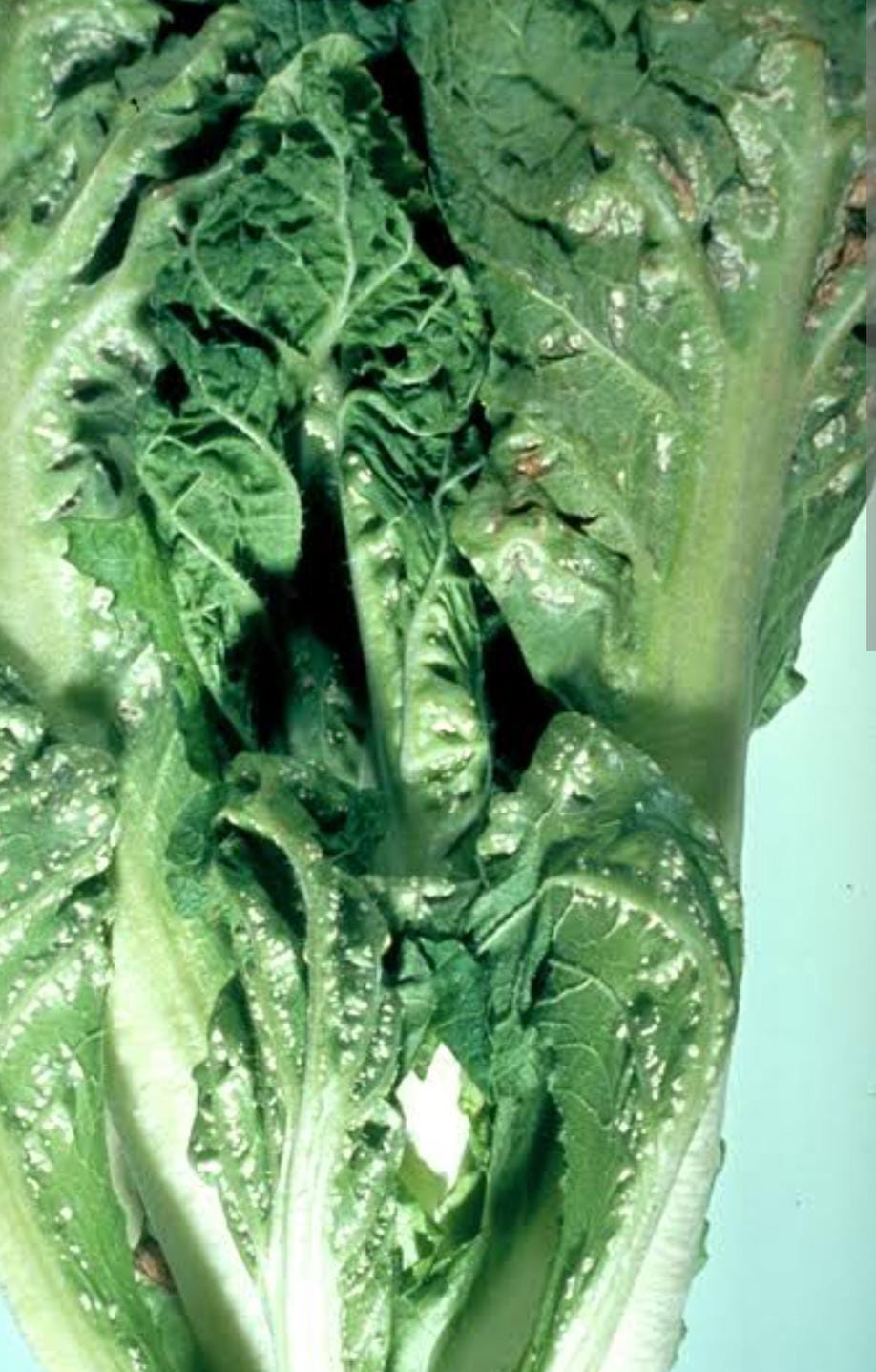Cabbage Plant
Cabbage is an annual, 12-36 inches tall, and frost-tolerant. It prefers well-drained, fertile soil in full sun. Keep the soil moist. Cabbage is edible but not medicinal.
Habit
Annual
Height
30-60cm
Growth
Moderate
Soil
Loamy, well-drained
Shade
Full Sun
Moisture
Moist
Edible
Yes
Medicinal
No
Origin
Europe
Climatic Condition
Cool, temperate
Temperature (°)
15-25°C
Humidity (%)
50-70%
Potting media
Organic compost
Fertilizers
10:10:10 NPK
Watering
Regular
Plant Weight
1-2kg
Flowering Time
Winter
Soil Ph level
6.0-7.5
Water Ph level
6.0-7.5
Soil EC
Low
Yield Per Plant
1-2 kg/plant
NPK ratio
10:10:10
life Span
Annual
Health Benefits
Rich in fiber, vitamins C, K
Suggested Grow Media or Potting Mix ?
40% compost, 30% peat moss, 30% perlite
Suggested Fertigation/Fertilizers
Fertilize every 2 weeks with a balanced, water-soluble fertilizer.
Common Diseases and Remedies
Black Rot , Powdery Mildew , White Rust
Small pale yellow angular spots on upper surface of leaves
Multi-Macro nutrient fertilizers
HEALTH BENEFITS
High in vitamins C and K, supports gut health, and has anti-inflammatory properties.
What Is An Cabbage Plant ?
Cabbage (Brassica oleracea) is a vegetable of the cruciferous family. It is a biennial plant with green or purple leaves and is grown as an annual vegetable crop because of its dense foliage. It is very hard and the small heads are used for canning.
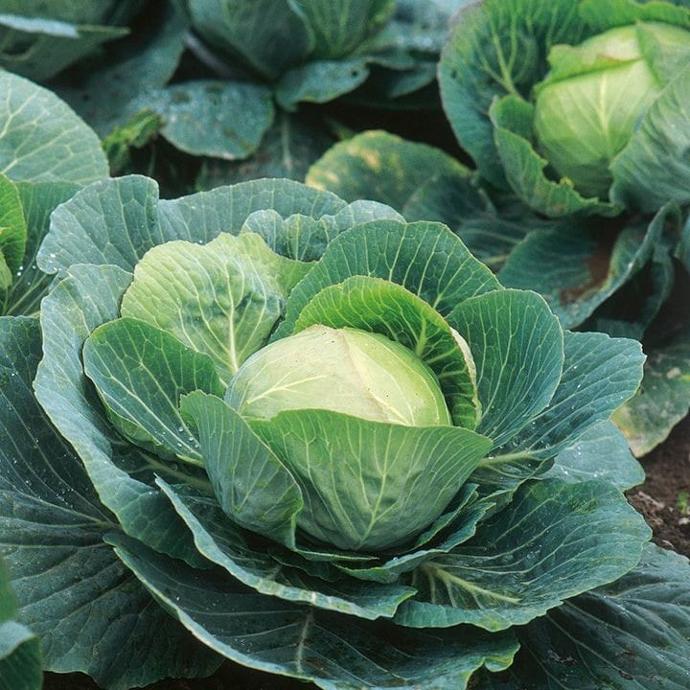
What Are The Different Types Of Cabbage Plants?
1. Green cabbage
Green cabbage is the most recognizable and widely consumed cabbage variety. Its dense, round head features smooth, vibrant green leaves. Its mild, slightly peppery flavour makes it a staple ingredient in coleslaw, stir-fries, and various European and Asian dishes.
2. Red cabbage
Red cabbage, with its vibrant purple hue, is another popular and common choice. Beyond its striking colour, red cabbage offers a slightly spicier and earthier taste compared to the green variety. Its sturdy leaves are commonly used in salads and pickled dishes, adding both flavour and visual appeal.
3. Savoy cabbage
Savoy cabbage is known for its crinkled leaves and pale green colour. It adds a delightful touch of texture to dishes. Its leaves are tender and more delicate, making it perfect for stuffing, wrapping, or using in lighter salads.
4. Napa cabbage
Napa cabbage, also known as Chinese cabbage, boasts long, pale-green leaves with a crisp texture and a mildly sweet flavour. Its versatility shines in Asian cuisine, where it’s used in stir-fries, kimchi, and spring rolls. Its elongated shape and ruffled leaves set it apart, making it a favourite choice for slaws and wraps.
5. Dutch White Cabbage
Dutch White Cabbage, often simply called “White Cabbage,” is a well-known cabbage variety. Originating from Europe, it thrives in temperate climates and has dense, pale green leaves. It also offers a mild, slightly sweet flavour. This versatile cabbage plays a prominent role in European cuisines, particularly in dishes like sauerkraut, coleslaw, and hearty winter soups
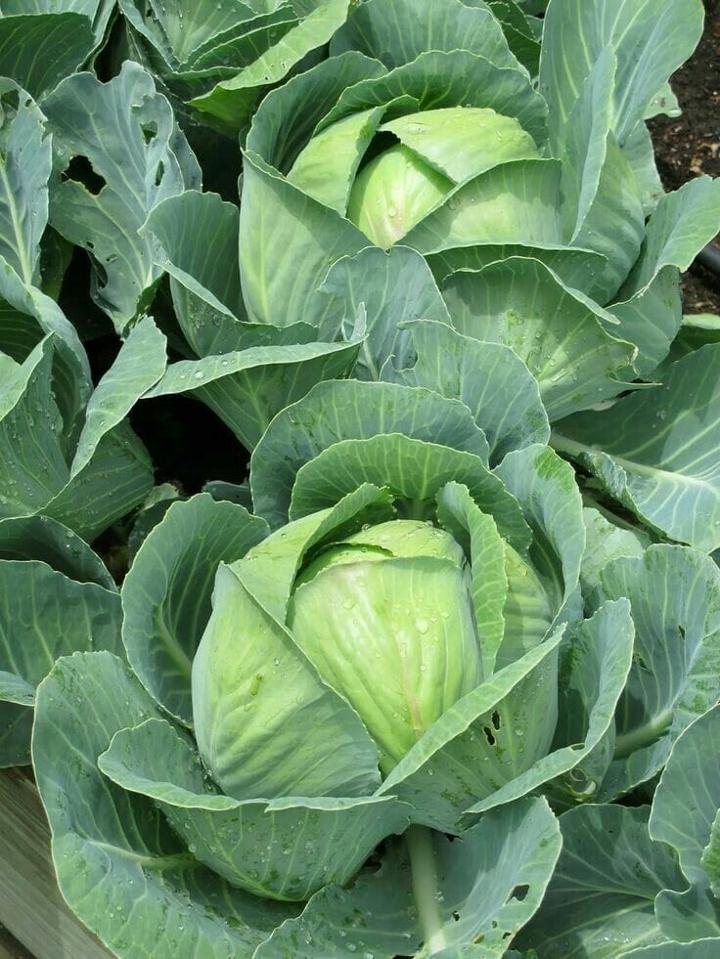
How to Care Cabbage Plant ?
1. Location
Cabbage is usually grown for its densely leafed heads, which appear in the first year of the biennial cycle. Plants grow best when grown in full sunlight and well-drained soil.
2. Sunshine
cabbage needs at least 6 hours of full sun each day; more is better. It also needs fertile, well-drained, moist soil with plenty of rich organic matter.
3. Soil
Cabbage should be grown in fertile, well-drained soil that retains moisture and has a pH of 6 to 7. Improve the soil by adding well-rotted manure or compost in the spring or fall.
4. Hydration
Water cabbage deeply and sparingly to maintain even soil moisture. It requires about 1 to 2 inches of water per week. If possible, use drip irrigation to conserve water. Applying mulch around your plants will help conserve soil moisture and also help reduce weed growth.
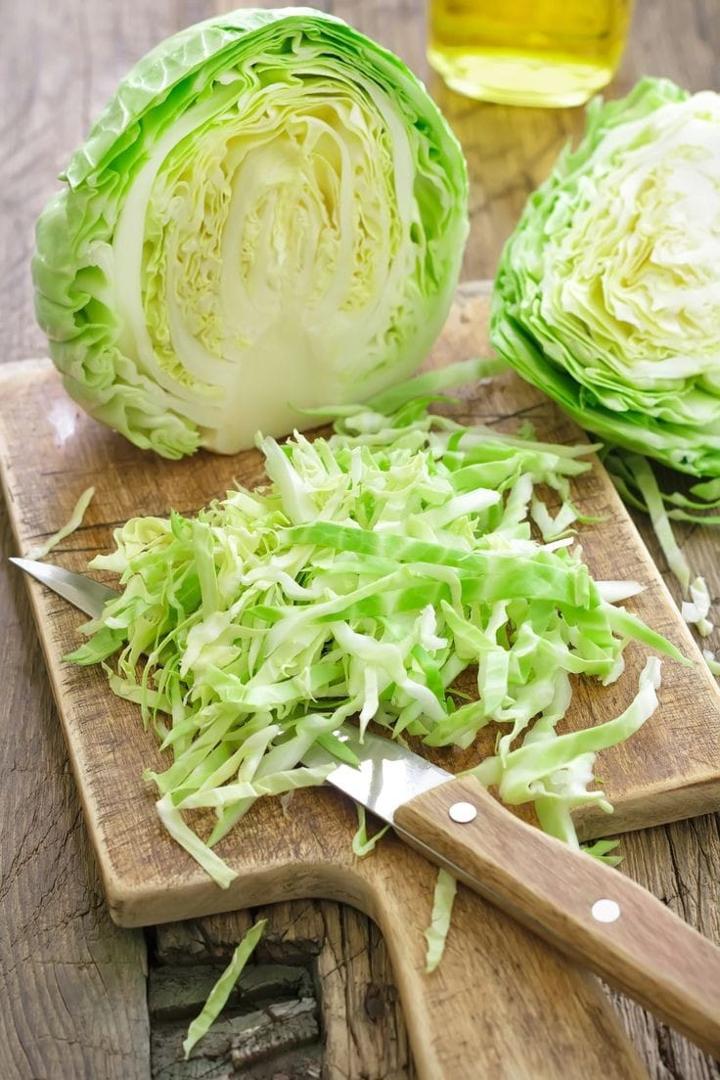
5. Nourishment
Popular organic foods high in nitrogen include fish emulsion, soil meal, compost tea, alfalfa meal, blood meal, and chicken manure.
6. Issues
Seed and Seedling Problems. Seedlings do not emerge from the soil. Seedlings are edible. The roots are tunnel-shaped. Seeds rot or seedlings appear and fall over with black, water-soaked stems. Seedlings are eaten or cut off near the ground. Young shoots do not grow or die. Blue-black spots appear on leaves and stems.
What are the Benefits of Cabbage ?
Cabbage contains 1 gram of fiber for every 10 calories. This makes you feel fuller and eats less. It also helps you keep eating regularly, which may help lower your "bad" (LDL) cholesterol and control your blood sugar levels. Cabbage also contains nutrients that strengthen the mucous membranes of the stomach and intestines.
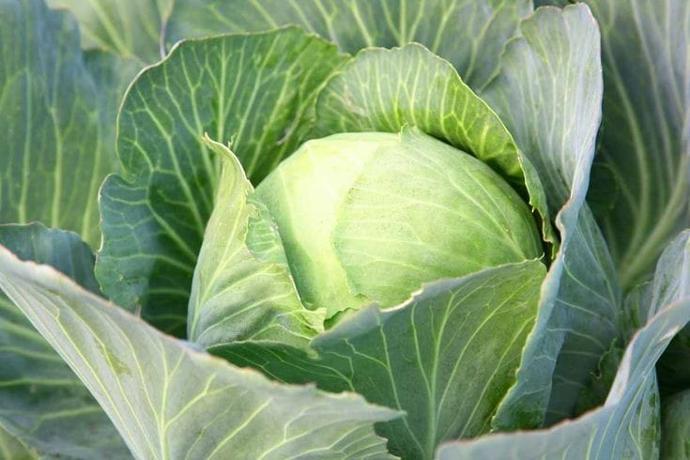
FAQs About Growing Cabbage
1. What are cabbage leaves good for ?
Crushed cabbage leaves are one of the most commonly used anti-inflammatory agents in Polish folk medicine. Due to its special properties, cabbage is mainly used in natural medicine to treat rheumatic pain, inflammation of veins and lymph vessels, bruises, sprains, mastitis, or gastrointestinal diseases.
2. What are the advantages and disadvantages of cabbage ?
Cabbage is rich in vitamin K, which helps blood clotting. Serious interactions with cabbage may occur in patients receiving anticoagulant therapy with warfarin. Therefore, you should limit your cabbage intake if you are taking warfarin or other anticoagulant therapy.
3. Does it make sense to eat cabbage at night ?
According to Lemmer, like fatty foods, fiber also takes longer to digest. This is because if you eat fiber-rich foods and vegetables like broccoli, cabbage, and onions close to bedtime, your body is still trying to break down the fiber long after you go to bed, which can make you feel bloated while you sleep. It means there is a possibility
4. What are the main benefits of cabbage ?
Cabbage contains 1 gram of fiber for every 10 calories. This makes you feel fuller and eats less. It also helps you keep eating regularly, which may help lower your "bad" (LDL) cholesterol and control your blood sugar levels. Cabbage also contains nutrients that strengthen the mucous membranes of the stomach and intestines.
